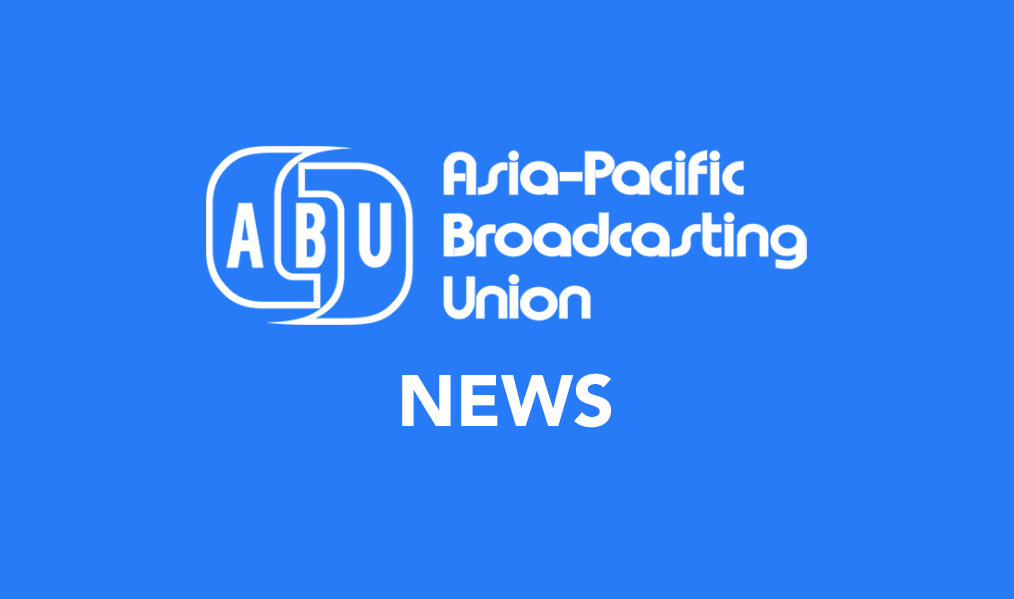
NHK Masterclass: Lessons to Learn from Disaster Broadcasting
 There are lessons to be learned from the past in order to prepare and protect ourselves from future disasters, stated a team from NHK at the ABU Media Summit on Climate Change and Disaster Risk Reduction in Nadi, Fiji, which ends on February 07.
There are lessons to be learned from the past in order to prepare and protect ourselves from future disasters, stated a team from NHK at the ABU Media Summit on Climate Change and Disaster Risk Reduction in Nadi, Fiji, which ends on February 07.
In a masterclass on Disaster Broadcasting, the NHK team said after analyzing data from past events, there was now a need to do prior inspection in areas where new disasters could be anticipated.
A member of the NHK team, Tomohiro Inoue, said this is because disasters do not strike twice at the same spot.
In sharing its experience and expertise in disaster broadcasting, the NHK team also showcased examples of its “real-time early warnings” and “real-time news gathering”.
The masterclass also looked at the dissemination of disaster information via multi-media platforms and the production of disaster-related programs aimed at raising public awareness of possible future disasters.
The NHK team leader Akinori Hashimoto said a survey in Japan showed that television and radio both top the list of sources that the public turn to for information on disasters. He said this survey indicated that the traditional media is still the most trusted source for information on disasters.
Another member of the team, Kei Oharu, said data such as from the Japan Meteorological Agency (JMA) are put out real-time as it could prove vital for the public’s safety. Kazuhiko Yamashita, also with the NHK team, said a multi-media platform is used by NHK for its disaster coverage with the internet becoming a valuable tool for the dissemination of information.

